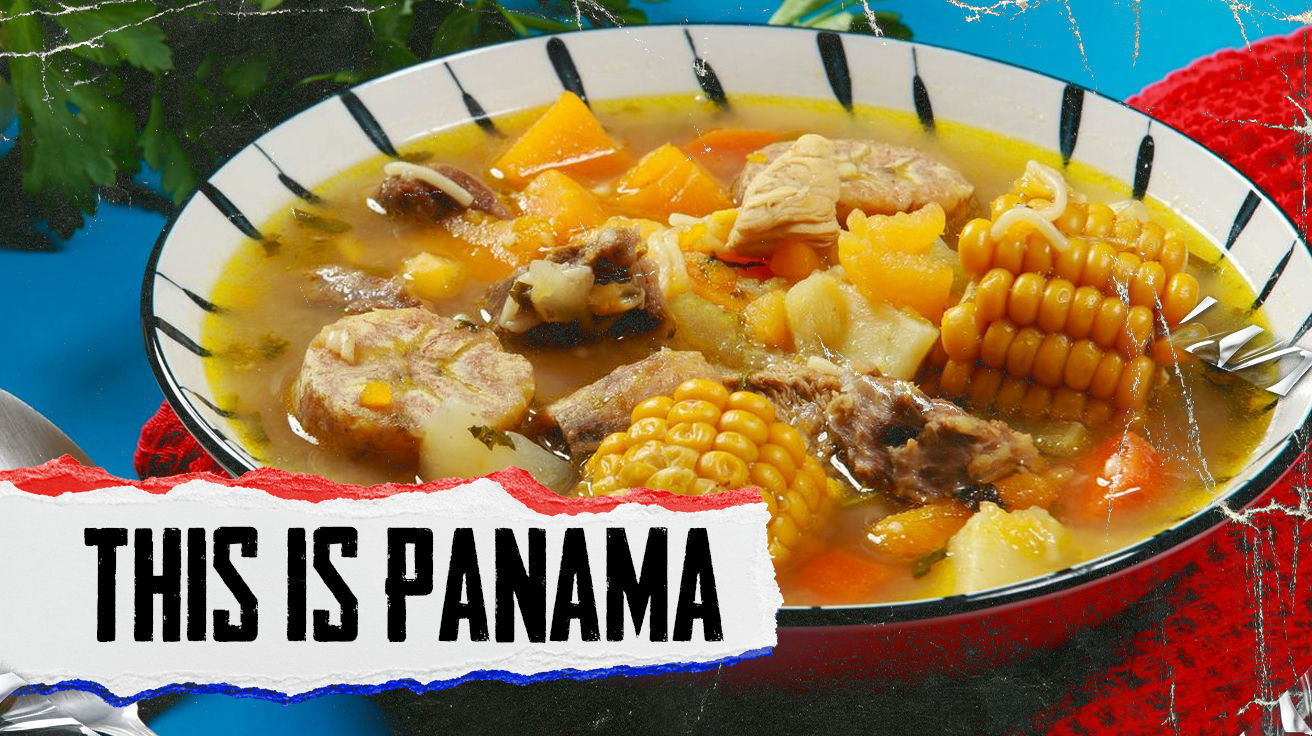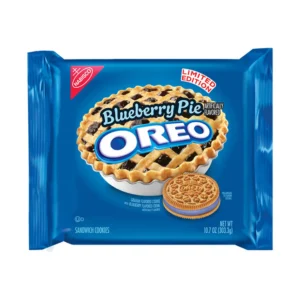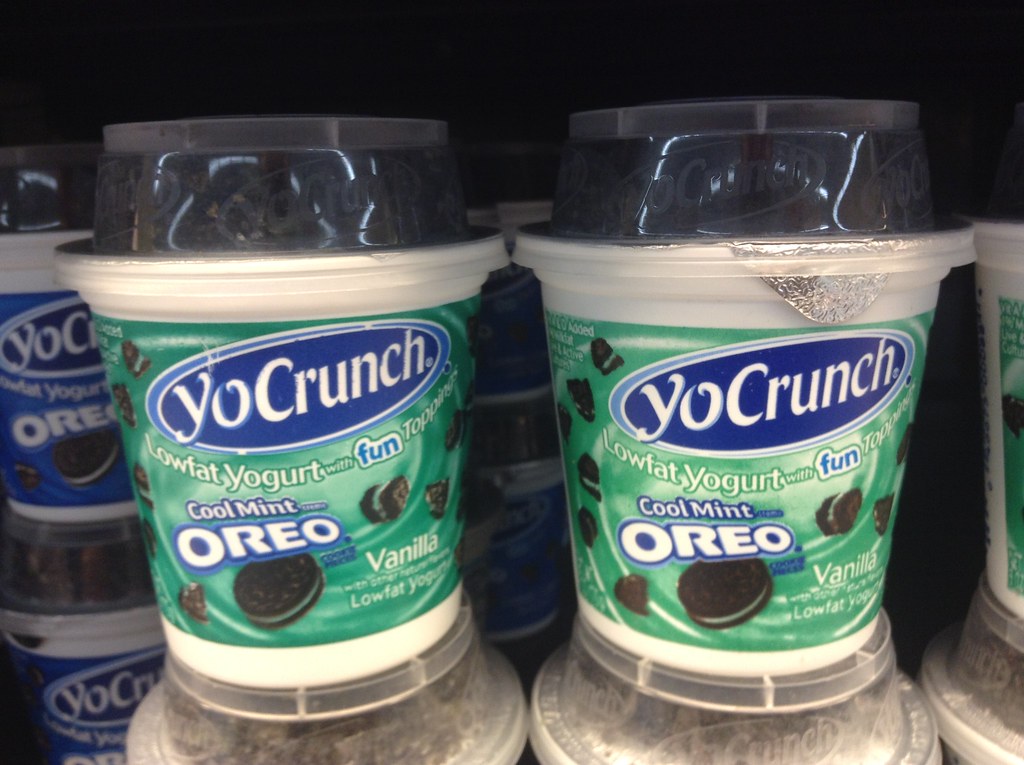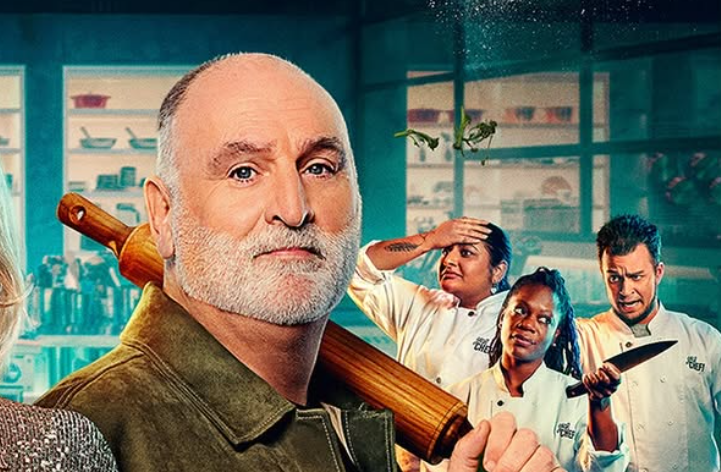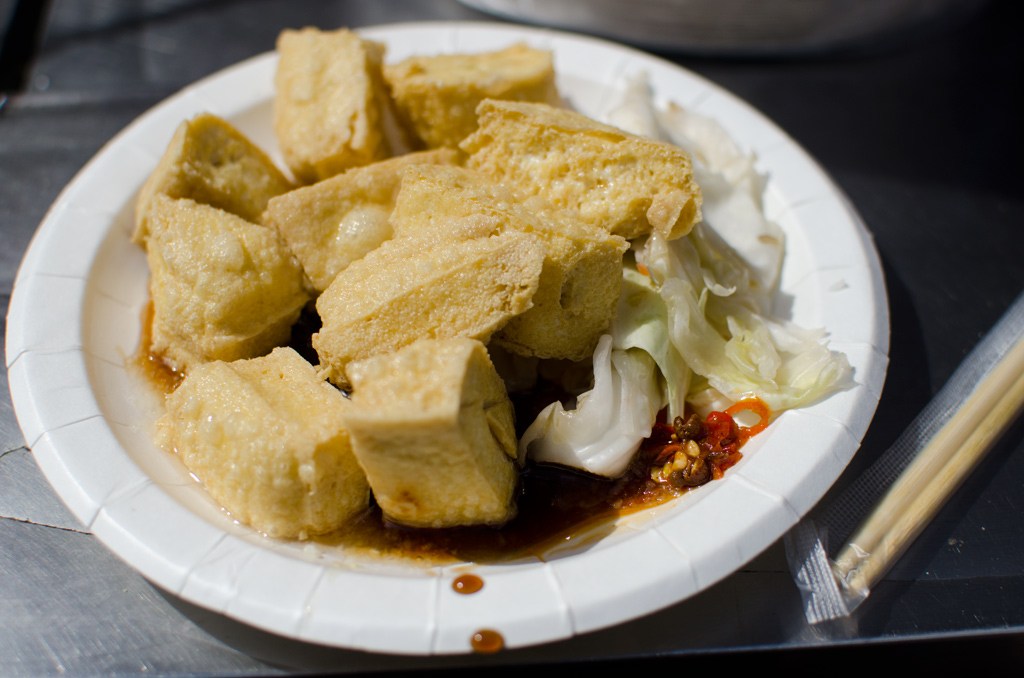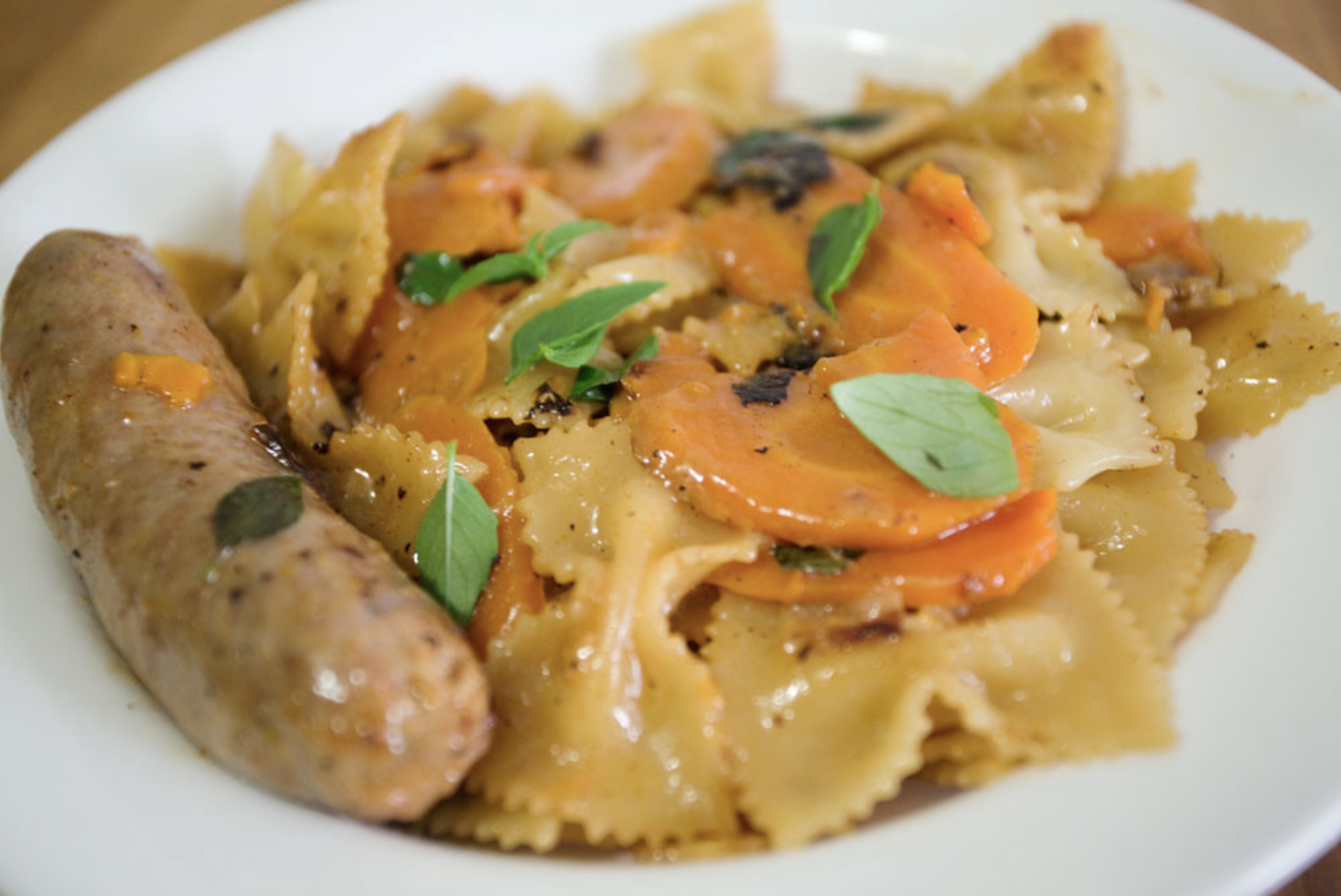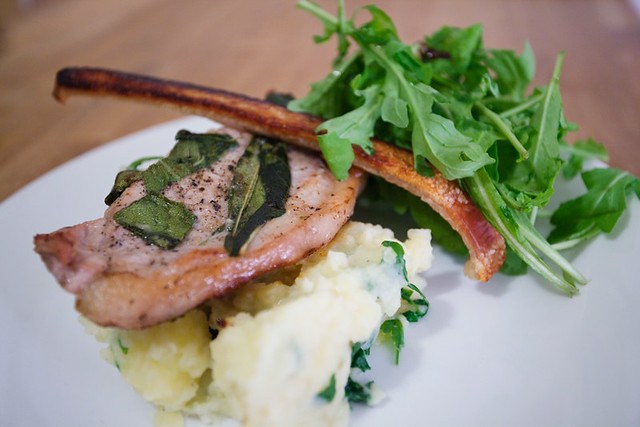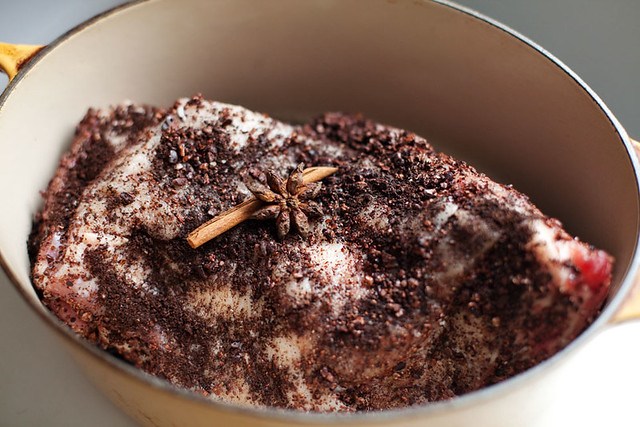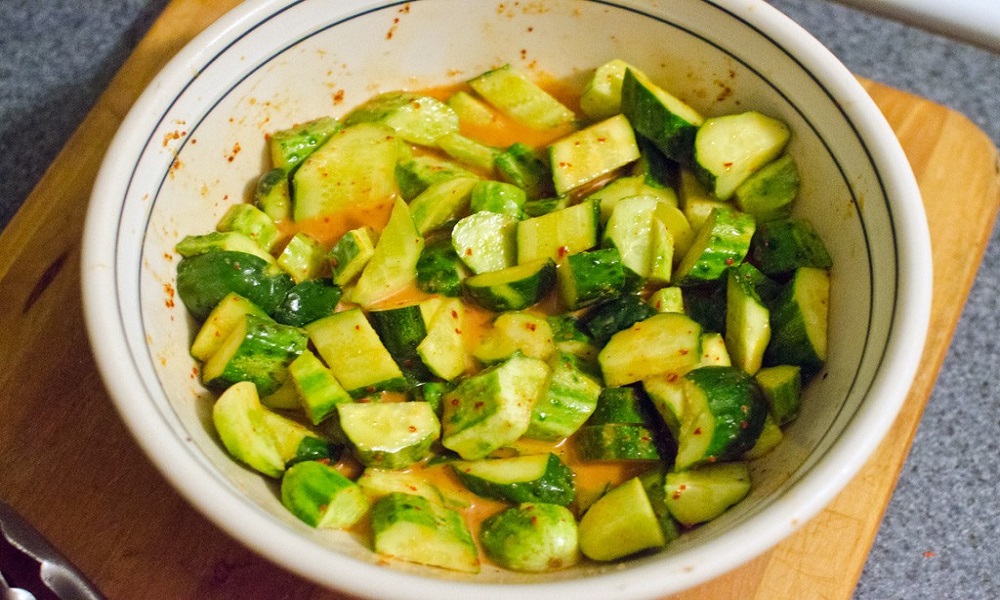Panama sits like a forgotten love letter between two oceans, harboring flavors that would make your taste buds pack their bags and relocate permanently. This narrow strip of land serves up more than just a canal – it’s a culinary crossroads where Caribbean spice meets Pacific abundance, where street food vendors create magic from plastic chairs, and where every meal tells the story of a nation built on bold decisions and borrowed time. You’ll find yourself falling for dishes that taste like someone’s grandmother kept secrets in her kitchen for decades, then decided to share them with the world.
This gastronomic melting pot created dishes that exist nowhere else on earth. The flavors carry stories of midnight shifts and homesick workers who recreated their mothers’ cooking with whatever ingredients they could find in this new land.
sancocho: Liquid Gold in a Bowl
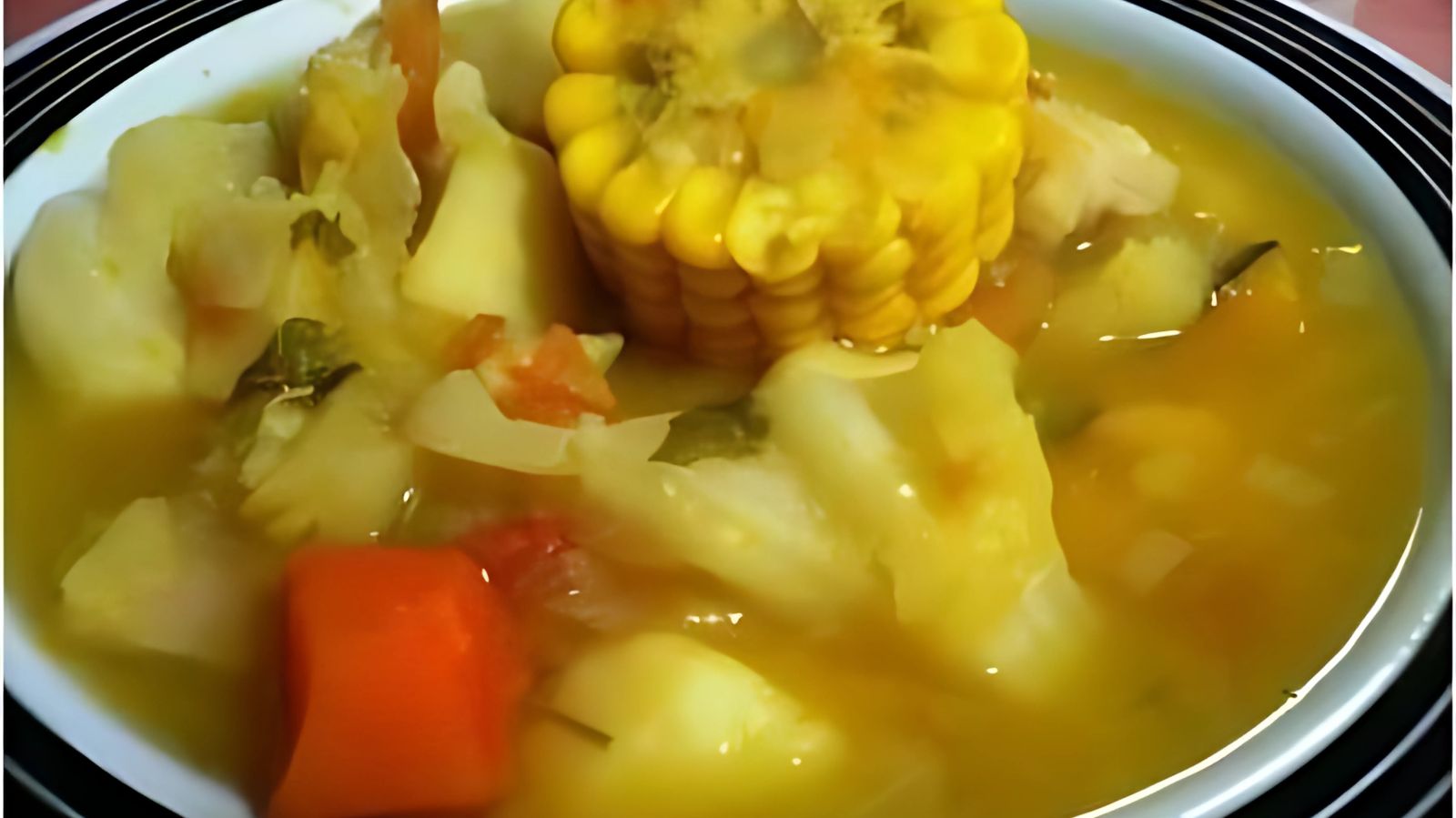
Sancocho transforms humble chicken into liquid comfort that tastes like someone bottled pure contentment. This signature soup begins with locally raised poultry simmered until it surrenders completely, creating a broth so rich it practically glows. The secret lies in the slow cooking process that extracts every drop of flavor from bones and vegetables.
Each spoonful delivers warmth that spreads from your chest outward, like a hug from someone who actually knows how to give hugs. The soup represents Panama’s ability to take simple ingredients and create something that transcends mere sustenance – it’s edible nostalgia for a home you’ve never had.
Arroz con Pollo: Sunshine on a Plate
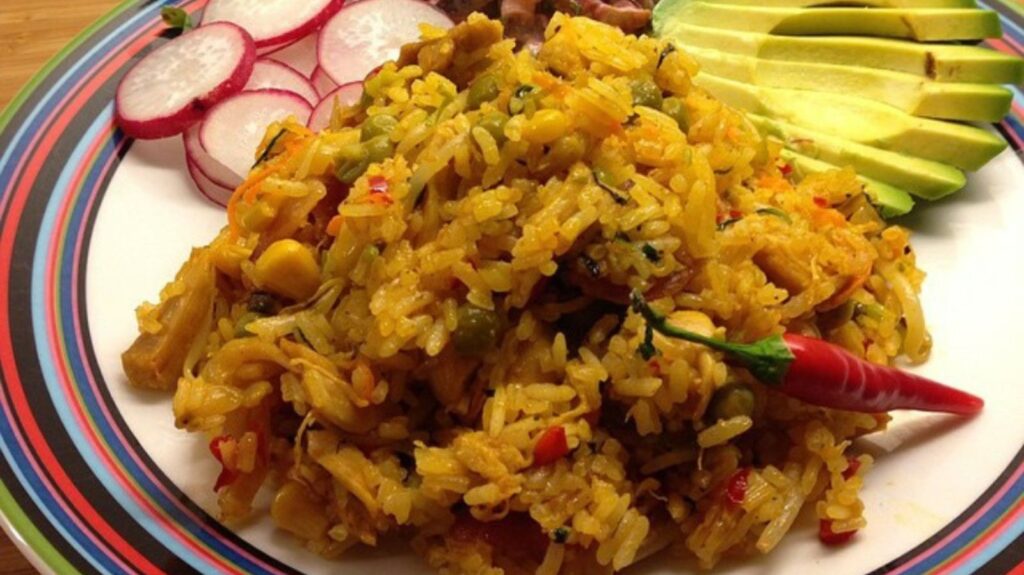
Turmeric turns Panama’s arroz con pollo into a golden masterpiece that catches light like a sunset you’d drive three hours to photograph. This dish tells the story of spice routes that connected Panama to distant lands, bringing flavors that would become essential to the national palate. The rice absorbs the chicken’s essence while maintaining its individual grain integrity.
The vibrant yellow color promises warmth before the first bite hits your tongue. Each forkful combines tender chicken with perfectly seasoned rice, creating a harmony that makes you understand why this dish appears on every table from humble comedores to upscale restaurants.
Corvina Fritta: The Ocean’s Greatest Hits
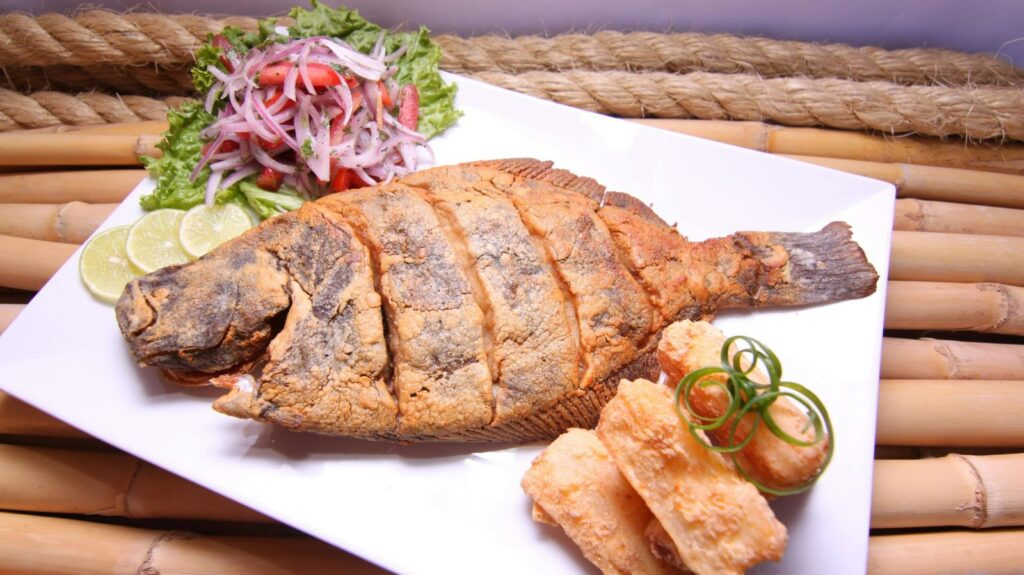
Corvina fritta presents the Pacific’s finest white fish in its most honest form – whole, fried, and unapologetically delicious. The fish arrives crispy-skinned and flaky-fleshed, accompanied by patacones that crunch like applause for the chef’s restraint. This dish captures Panama’s relationship with its surrounding waters without pretense or unnecessary flourishes. Fried fish with patacones is a staple of both street food and seaside dining.
The simplicity masks the skill required to achieve that perfect balance between crispy exterior and tender interior. Served alongside golden plantains that have been twice-fried to perfection, corvina fritta represents Panama’s understanding that sometimes the best way to honor an ingredient is to let it shine without interference.
Street Food: Where Magic Happens
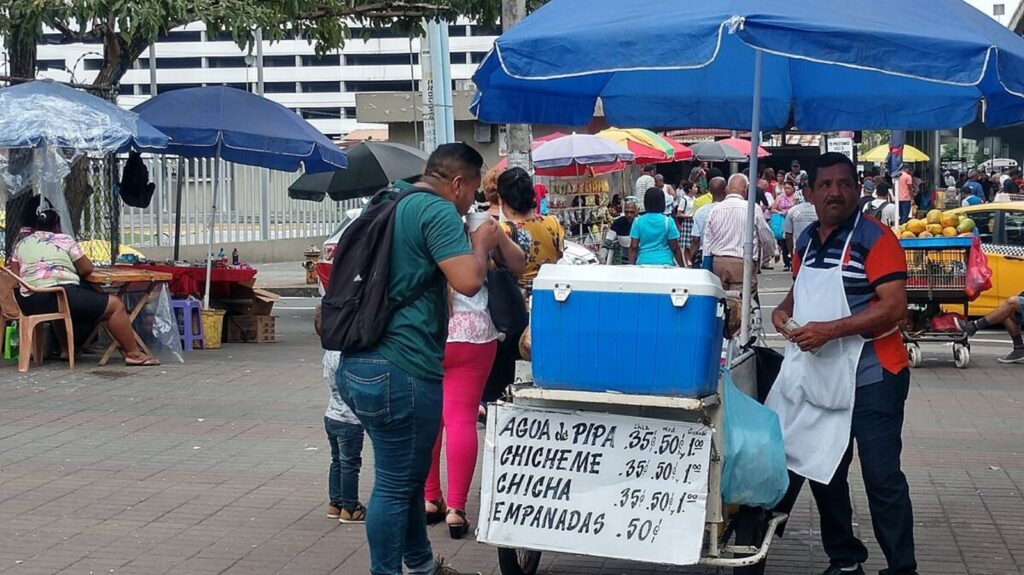
Panama’s street food scene operates like a secret society of flavor wizards working from folding tables and food carts. Vendors create dishes that would make restaurant chefs question their entire career path, using equipment that consists mainly of determination and inherited recipes. The streets pulse with the sizzle of grills and the calls of vendors who’ve perfected their craft over decades. Street food like patacones, carimañolas, and empanadas is essential to the local experience.
You’ll find yourself drawn to corner stalls where the line of locals serves as the only Michelin guide you need. These culinary artists work without fanfare, creating meals that taste like they were prepared by someone who learned to cook from their grandmother’s ghost.
Caribbean Coast Influences
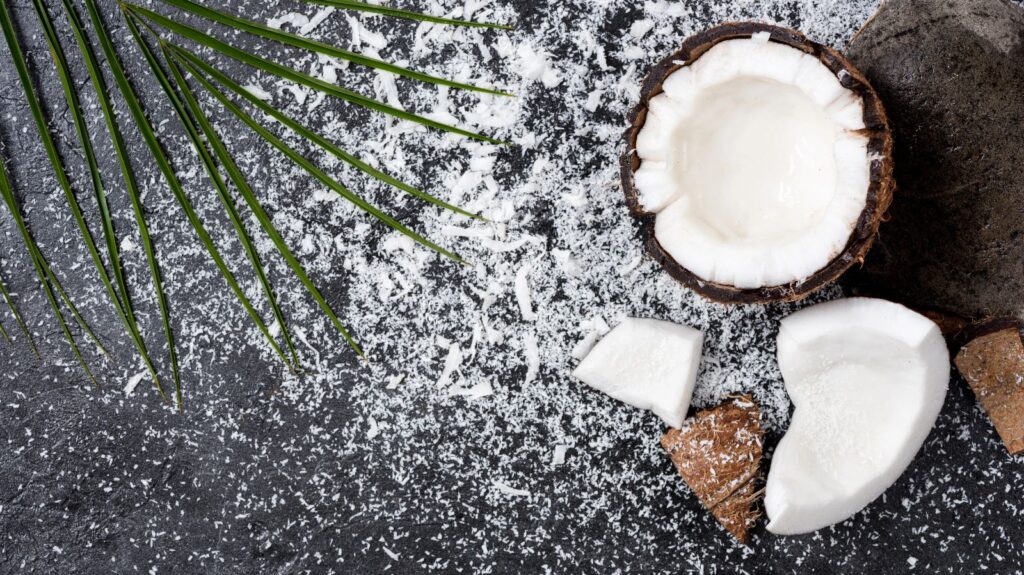
The Caribbean side of Panama serves up flavors that would make a reggae song jealous of their rhythm. Coconut milk infuses everything from rice to seafood stews, while scotch bonnet peppers add heat that builds slowly like a sunset. The cooking here reflects the cultural blend of African, Indigenous, and European influences that shaped the region.
Rice and beans cooked in coconut milk become transcendent, while fresh seafood gets treated with the reverence it deserves. The Caribbean coast’s culinary traditions remind you that the best food often comes from places where people had to be creative with limited resources.
Pacific Coast Abundance
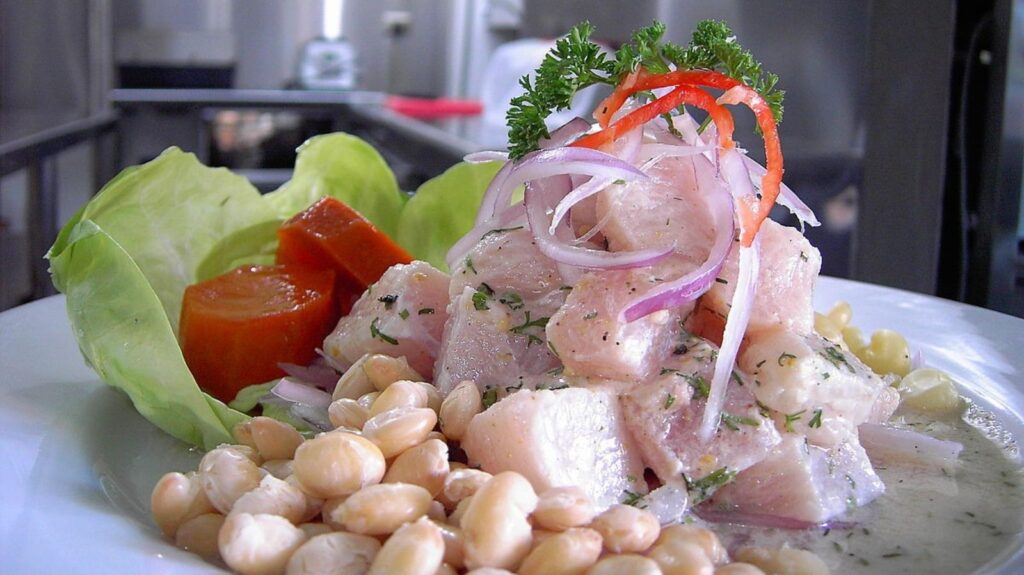
Panama’s Pacific coast offers seafood so fresh it practically swims onto your plate, prepared by cooks who understand that the ocean provides gifts that shouldn’t be overthought. Ceviche arrives bright with citrus and heat, while whole fish get grilled over wood fires that add smoky depth to their naturally sweet flesh. The coastal restaurants operate like temples to the sea’s bounty.
The Pacific’s influence shows in dishes that celebrate the ocean’s generosity without masking its natural flavors. Fishermen bring their catches directly to restaurants, creating a supply chain measured in hours rather than days, ensuring that every meal tastes like a direct conversation with the sea.
Market Culture: Where Stories Live
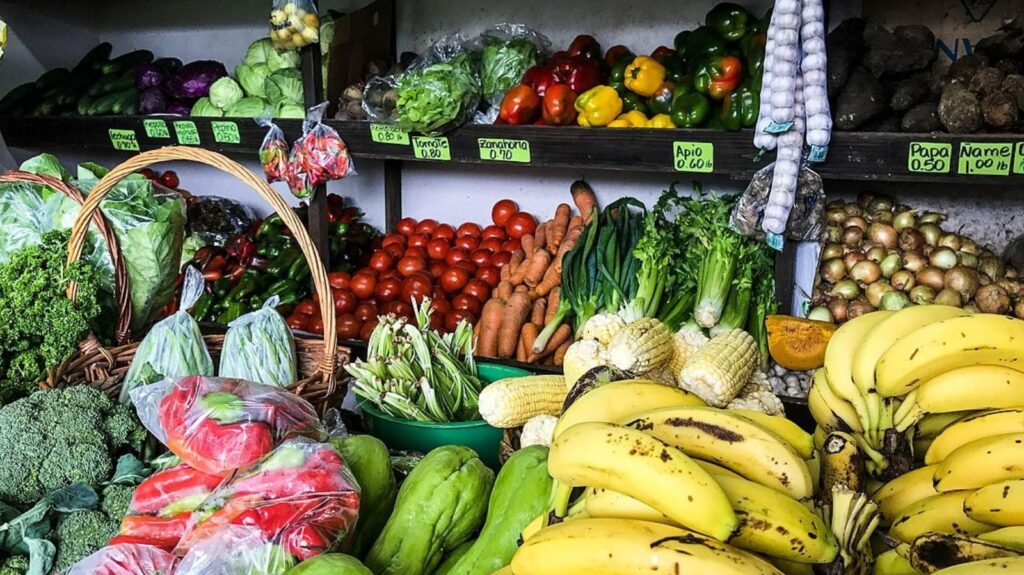
Panama’s markets pulse with the energy of vendors who’ve perfected their craft over generations, selling produce that looks like it was painted by someone who’d never heard of pesticides. The air fills with the calls of sellers advertising fruit so ripe it practically begs to be eaten immediately. These markets serve as theaters where the daily drama of food procurement unfolds.
You’ll find yourself drawn into conversations with vendors who treat their stalls like stages, performing the ancient dance of commerce while sharing stories about their products. The markets represent Panama’s soul – vibrant, unpretentious, and deeply connected to the rhythms of daily life.
Fusion Cuisine: Where Worlds Collide
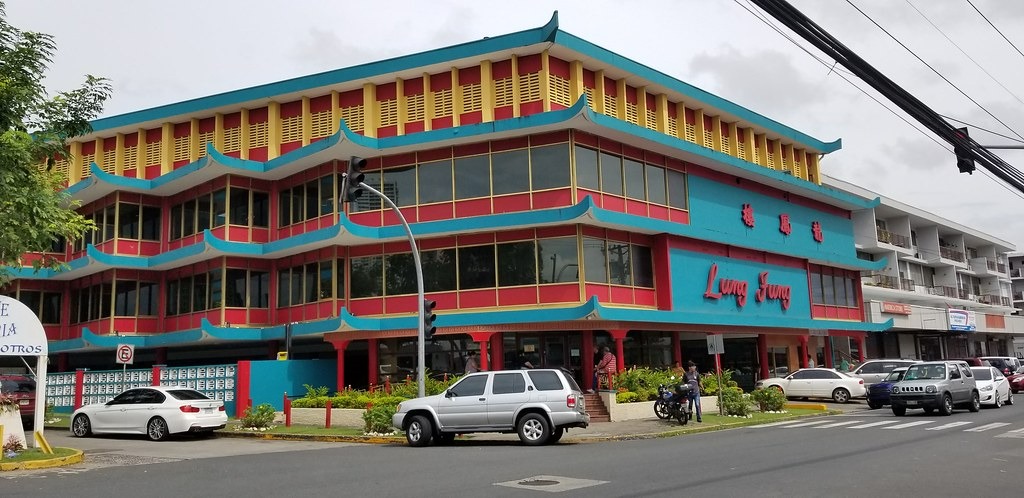
Panama’s position as a global crossroads created fusion cuisine before fusion became a buzzword, blending flavors from every continent into dishes that exist nowhere else on earth. Chinese-Panamanian restaurants serve fried rice that would make Beijing chefs nod with approval, while Lebanese-influenced bakeries produce bread that tastes like home to people from three different continents.
The fusion happens naturally here, born from necessity rather than trend. Immigrant communities adapted their traditional recipes to local ingredients, creating new dishes that honor their heritage while embracing their new home.
Rum Culture: Liquid History

Panamanian rum carries the weight of sugar plantations and Caribbean trade routes in every sip, aged in barrels that have witnessed more history than most museums. The distilleries operate like shrines to fermentation, where time and patience create spirits that taste like liquid gold. Premium rums from Panama compete with the world’s finest, proving that quality knows no boundaries.
The rum culture extends beyond mere drinking – it’s about understanding the connection between land, labor, and time. Each bottle tells the story of sugar cane fields, skilled distillers, and the patience required to create something truly exceptional.
Hidden Gems: Where Locals Eat
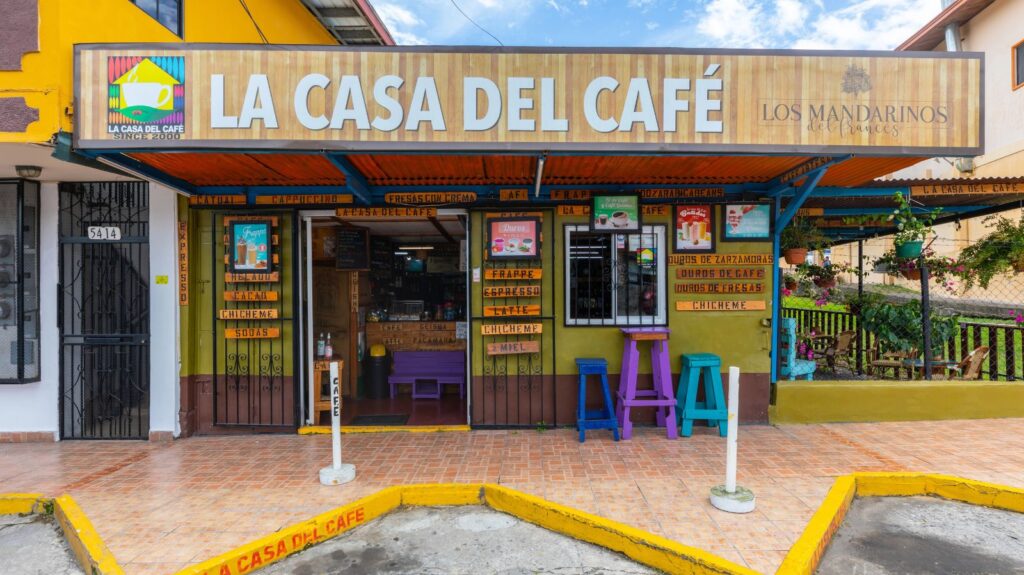
The best meals in Panama happen in places that don’t advertise, where locals gather at plastic tables under fluorescent lights that have witnessed more conversations than a therapist’s office. These hidden gems serve food that tastes like it was prepared by someone who learned to cook from pure instinct and decades of practice. You’ll find these treasures by following your nose and trusting the crowds of locals who know where the real magic happens. The food here tastes like authenticity itself, prepared without pretense by cooks who understand that the best compliment is an empty plate and a satisfied customer.


